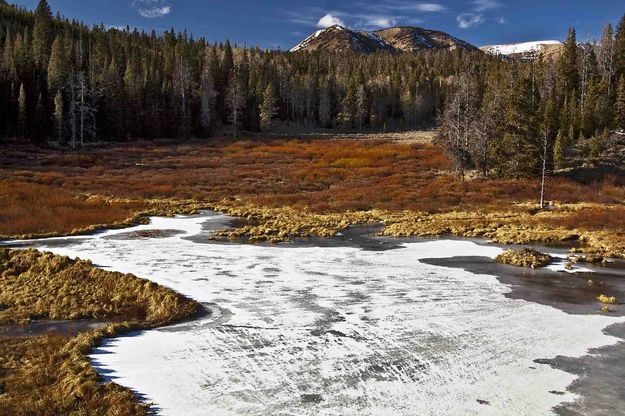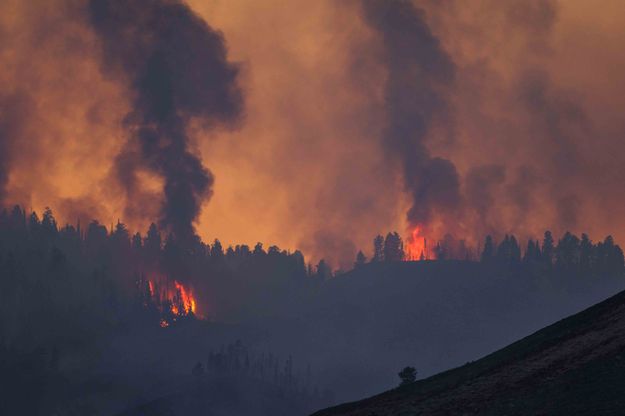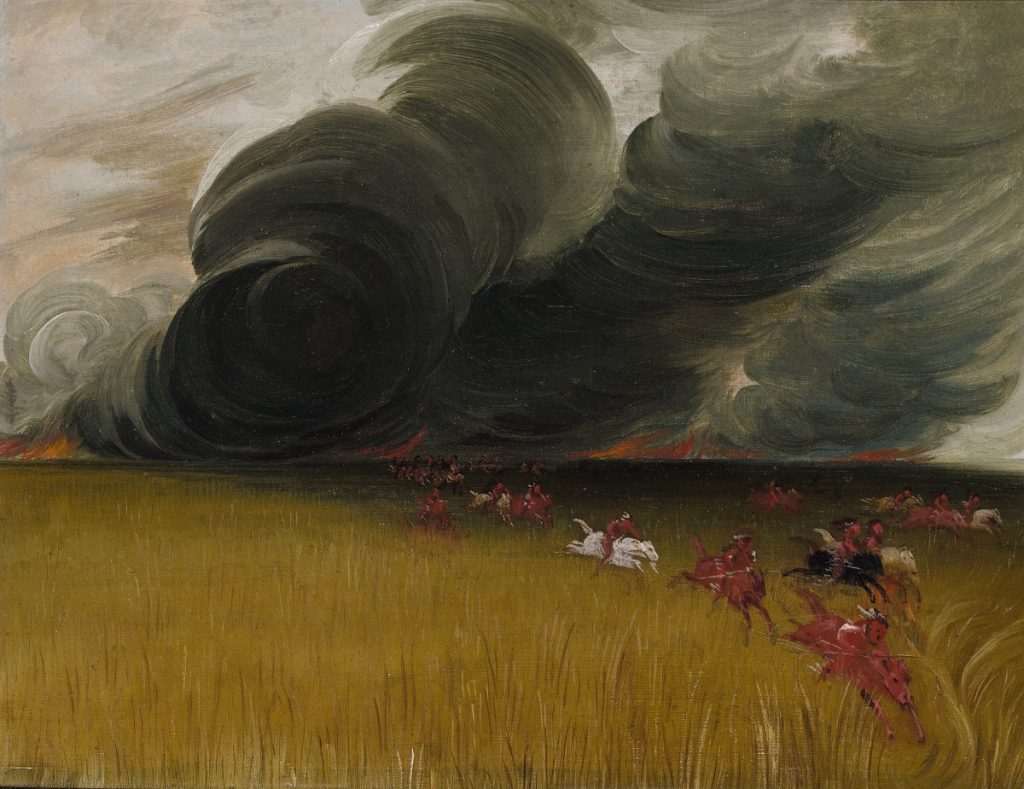By Museum of the Mountain Man Staff
Mountain men and fur traders in the Rocky Mountains did not celebrate Thanksgiving as we know it today. The national holiday was not established until 1863, when President Abraham Lincoln proclaimed it during the Civil War, hoping “to heal the wounds of the nation.”[1]
That said, trappers were certainly familiar with the idea of giving thanks. Many Native American tribes and colonial communities across North America held harvest festivals each fall to celebrate the end of the growing season and to give thanks for a bountiful harvest. [2] Mountain men, whether originating from these colonial communities or living among and trading with Native Americans, may have joined in these seasonal celebrations.
By late November, when we celebrate Thanksgiving today, the mountain men were engaged in their own kind of fall ritual, one focused on winter preparations and survival. Fall marked the peak of the beaver trapping season, when the animals’ winter coats were at their thickest and most valuable. As the fall hunt drew to a close, trappers, like the beaver they pursued, were busy readying themselves for the harsh winter ahead.
In his 1830s journal Adventures of a Mountain Man, trapper Zenas Leonard described how the men spent early November:
On the 1st day of November we commenced travelling up the valley, on search of a suitable place to pass the winter, and on the evening of the 4th, we arrived at a large grove of Cottonwood timber, which we deemed suitable for encamping in. Several weeks were spent in building houses, stables, &c. necessary for ourselves, and horses during the winter season. This being done, we commenced killing Buffaloe, and hanging up the choice pieces to dry… We also killed Deer, Bighorn Sheep, Elk, Antelope, &c., and dressed the hides to make moccasins.[3]

It is no coincidence that November’s full moon is called the “Beaver Moon.”[4] Beaver are especially active this time of year, repairing dams, reinforcing lodges, and storing food for the frozen months ahead. Throughout the fall, they gather branches and stems from willows and trees, anchoring them underwater in a cache near their lodge. Once the surface freezes, these submerged “pantries” provide a steady food supply all winter long – a harvest of their very own.[5]
Just like beaver, mountain men were building shelters, storing provisions, and preparing for months of isolation and cold. Both were following instincts, or hard-earned experience, that told them it was time to prepare, endure, and survive until spring. Whether nestled in a beaver lodge or holed up in winter quarters, it was the ritual of preparation, harvesting and gathering that sustained both human and wildlife communities through the long, harsh winters.
As their diet shifts from tender summer greens to the bark and woody stems they so carefully stored, one might imagine the beaver feeling a touch of gratitude for their industrious efforts. Their hard work has paid off – they have plenty to eat, a warm lodge, and months ahead to rest in cozy comfort – a kind of Thanksgiving, beaver-style.
Beaver photo by Elizabeth Boehm of elizabethboehm.com Photography
[1] Abraham Lincoln, “Proclamation of Thanksgiving,” October 3, 1863, in Collected Works of Abraham Lincoln, ed. Roy P. Basler (New Brunswick, NJ: Rutgers University Press, 1953), 6:497–498.
[2] Smithsonian National Museum of the American Indian. Harvest and Thanksgiving: Native American Perspectives (Washington, D.C.: Smithsonian Institution, 2015); https://www.si.edu/spotlight/thanksgiving/history, accessed 10/23/2025.
[3] Zenas Leonard, Adventures of a Mountain Man: The Narrative of Zenas Leonard, Written by Himself, intro. by Milo Milton Quaife (Lincoln: University of Nebraska Press, 1978), 19.
[4] https://www.almanac.com/full-moon-november, accessed 10/22/2025.
[5] https://wgfd.wyo.gov/Regional-Offices/Lander-Region/Lander-Region-News/Busy-Beaver, accessed 10/22/2025; U.S. Fish and Wildlife Service. Beaver Restoration Guide, Version 1.0. Washington, D.C.: U.S. Fish and Wildlife Service, 2022. https://www.fws.gov/sites/default/files/documents/BRG%20v.1.0%20final%20reduced.pdf.



